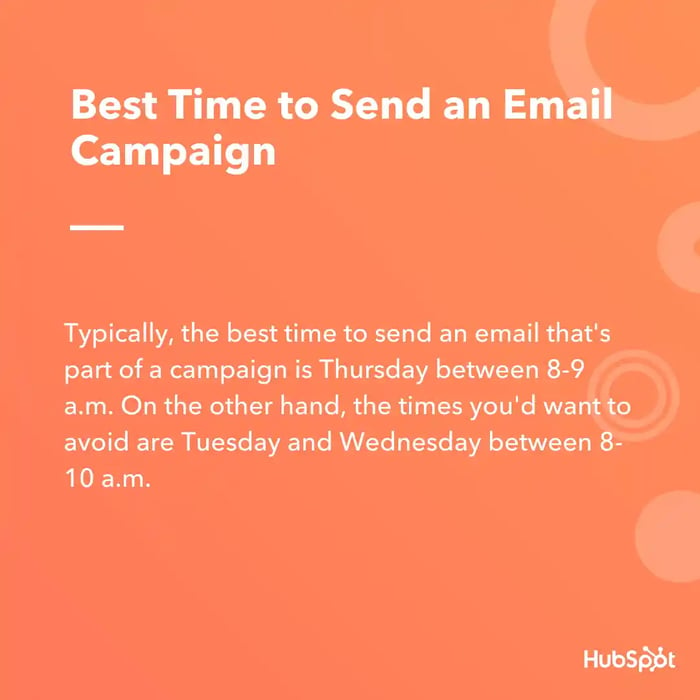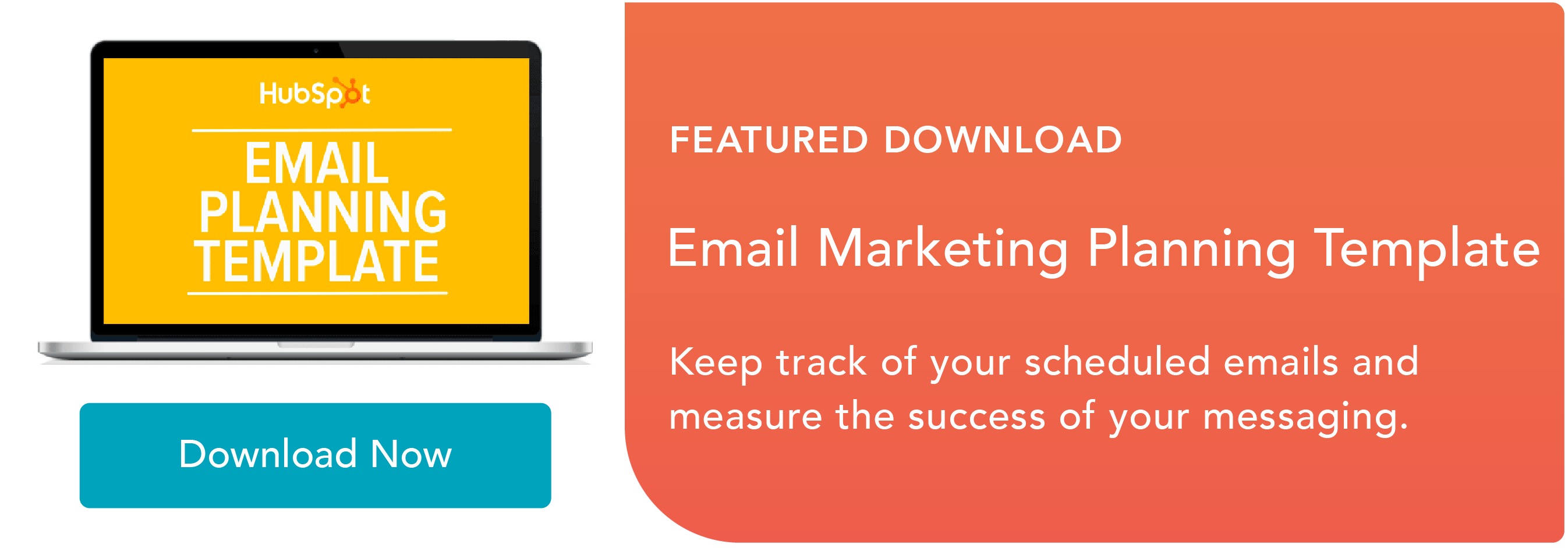Undeniably, having a high ROI is critical for proving the success of your email marketing campaign. But, while the quality of content and a myriad of other factors contribute to a good email campaign, there's one factor that makes or breaks it, and that's the time you send your email.

To illustrate this, think about when you typically check your emails and open campaigns. For me, I check my emails twice before 10 a.m. Once when I wake up, and once when I get to work.
By looking through the timestamps of my email subscriptions, I saw that out of 25 marketing-related emails, 23 of them were sent between 8-9:30 a.m., when I typically open them. As a marketer, this information keeps pretty consistent with prior research.
For instance, Wordstream found that sending email campaigns before 10:30 on Thursdays yields 25% CTR, as opposed to Tuesdays at the same time, which earns a 5% CTR.
Similarly, Optinmonster found that the best day to send a promotional email, such as a newsletter, is on Thursday, while Wednesdays are great for engagement. What this suggests is that campaign emails will be opened more frequently on Thursdays, while emails with videos or blog posts see interaction the most on Wednesdays.
If your campaign involves daily emails, here's a suggestion for a weekly schedule:
- Monday — Use this day to promote content outside of your campaign, like boosting a product stack that's related to your upcoming campaign.
- Tuesday — For Tuesday's email, tease your campaign, give readers a quick video or an announcement, and prepare them for more details for the following day.
- Wednesday — This is the big day for launching the campaign, so put your best email forward on this day, where you'll find the most opens.
- Thursday — Choose this day to push interactive email content, like a case study video, product demo, or specs involving your campaign.
- Friday — For a Friday email, choose something that readers will find fun, such as social media hype over the new campaign or a "Here's what you missed" round-up of the week.
Ultimately, the two things to keep in mind when sending email campaigns is to align them to your target audience's routines and track analytics to collect research for next time. Ideally, you can't have one without the other.
Without tracking email marketing analytics, you won't know the routine of your target audience as it pertains to when they check and engage with your emails. Once you have a better understanding of their morning email routines, you can modify your campaigns to suit their needs.
To track email analytics, the easiest way is to look into software that does that for you. HubSpot offers email marketing software that provides you with analytics you can use to make informed future decisions.
Remember that every campaign is a learning opportunity, and the right tools enable you with the software you need to improve every campaign.
Email Marketing Campaigns



![Email Marketing Plan: Craft & Track Your Email Campaign [Free Template]](https://53.fs1.hubspotusercontent-na1.net/hubfs/53/Untitled%20design%20-%202025-04-22T133039.283%20(1).jpg)
-1.png)
![30 Brilliant Marketing Email Campaign Examples [+ Template]](https://53.fs1.hubspotusercontent-na1.net/hubfs/53/email-marketing-examples_29.webp)


